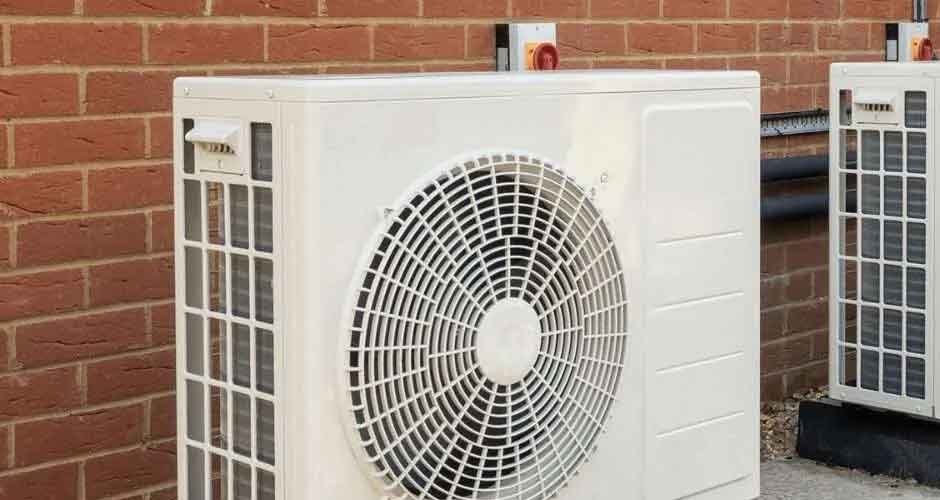An air source heat pump (ASHP) is an energy-efficient way to heat your home, utilising the outside air to generate warmth even in cold conditions. If you’re considering installing an ASHP, here’s a comprehensive guide to help you through the process.
1. Understand the Benefits
Before diving into the installation process, it’s important to understand why you might want an ASHP. These systems are energy-efficient, can lower your heating bills, and reduce your carbon footprint. They also offer heating and cooling, providing year-round climate control.
2. Assess Suitability
Home Insulation: Ensure your home is well-insulated. ASHPs work best in properties with good insulation, as they provide lower temperature heat over a longer period.
Space Requirements: Determine if you have enough outdoor space for the external unit. ASHPs require adequate airflow and should be installed away from obstructions like walls or fences.
Existing Heating System: ASHPs can integrate with existing systems but may work best with underfloor heating or larger radiators designed for lower temperature heat distribution.
3. Choose the Right Type
There are two main types: air-to-air and air-to-water.
Air-to-Air: These systems distribute heat via fans and are generally used for heating spaces rather than water. They are easier to install but less common in the UK.
Air-to-Water: These systems are more popular and distribute heat via your home’s wet central heating system, including radiators and underfloor heating. They can also be used to heat water.
4. Find a Qualified Installer
Research and Recommendations: Look for certified installers with experience in ASHP installations. Check reviews and ask for recommendations from anyone you can.
Certifications: Ensure the installer is accredited by the Microgeneration Certification Scheme (MCS). This certification ensures they meet high standards and is often required to qualify for government incentives.
Get Quotes: Obtain multiple quotes to compare prices and services. Detailed quotes should include the cost of the unit, installation, any additional work required (such as upgrading radiators or insulation), and an estimated timeline.
5. Government Incentives and Financing
Grants and Subsidies: Check for available grants or subsidies to offset the cost of installation. In the UK, this funding scheme offers financial support for installing heat pumps.
Financing Options: Some installers offer financing plans to spread the cost of installation over several years. Compare different financing options to find one that fits your budget.
6. Prepare for Installation
Survey and Assessment: The installer will conduct a site survey to assess your home’s suitability and determine the best location for the external and internal units.
Planning Permission: Check if you need planning permission. Most ASHPs fall under permitted development rights, but this can vary, especially if you live in a listed building or conservation area.
Disruption: Be prepared for some disruption during installation. The process typically takes a few days and may involve some modifications to your existing heating system.
7. Post-Installation Considerations
System Familiarisation: The installer should provide a detailed explanation of how to use and maintain your new system. This includes setting the thermostat, using any remote controls or apps, and performing basic maintenance tasks.
Regular Maintenance: ASHPs require regular maintenance to operate efficiently. This includes cleaning filters, checking for blockages, and having an annual service by a qualified technician.
Monitor Performance: Keep an eye on your energy usage and system performance. Many modern ASHPs come with monitoring tools to help you track efficiency and identify any issues early.
Conclusion
Installing an air source heat pump in your home is a significant investment that can offer substantial long-term benefits in terms of energy efficiency, cost savings, and environmental impact. By understanding the benefits, assessing your home’s suitability, choosing the right system, finding a qualified installer, taking advantage of government incentives, and preparing adequately for installation, you can ensure a smooth transition to this innovative heating technology. With proper installation and regular maintenance, an ASHP can provide a comfortable and sustainable heating solution for years to come.



